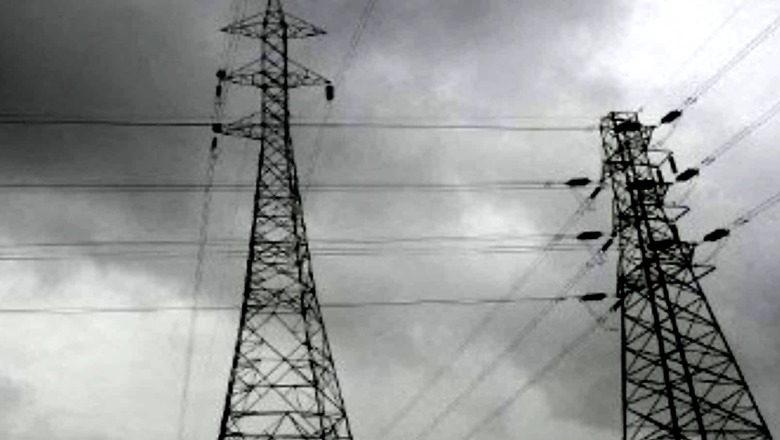
views
To speed up India’s renewable energy programmes, the Green Open Access Rules 2022, which provide a simpler way to get green power, have been notified, the Ministry of Power said in a statement on June 7.
These regulations are to encourage production, acquisition and use of green energy, including waste-to-energy plants.
The ministry said: “In order to further accelerate our ambitious renewable energy programmes, with the end goal of ensuring access to affordable, reliable, sustainable and green energy for all, Green Open Access Rules 2022 have been notified on June 6, 2022.”
The power ministry also stated that consumers can now request green power from discoms—power distribution firms. Additionally, it said every consumer becomes a stakeholder in helping India meet its commitment of 500 GW of non-fossil fuel by 2030.
According to the guidelines, green open access is available to any customer, and the open-access transaction maximum for green energy has been dropped from 1 MW (megawatt) to 100 kW in order to allow small users to acquire renewable energy through open access.
There will be transparency in the open-access application approval process. According to the guidelines, permissions must be provided within 15 days or it will be declared approved subject to technical conditions being met. It will be accessible via a national portal.
The statement from the ministry noted: “The tariff for the green energy shall be determined separately by the appropriate commission, which shall comprise the average pooled power purchase cost of the renewable energy, cross-subsidy charges if any, and service charges covering the prudent cost of the distribution licensee for providing the green energy to the consumers.”
The standards will serve to streamline the overall approval process for giving open access, including prompt approval and allowing renewable power companies to better estimate their cash flows. It will also ensure that the application process is consistent.
The guidelines establish certainty for green energy open access consumers’ open access charges, which include transmission, wheeling, cross-subsidy surcharges and standby prices.
The removal of additional surcharges and a cap on growing the cross-subsidy surcharge not only encourage consumers to go green, but also tackles the challenges that have hampered the growth of open access in India. If consumers use green power, they will receive certifications.
If green energy is used to produce green hydrogen and green ammonia, there will be no cross-subsidy premium or additional surcharge. Furthermore, all obligated entities in the distribution licensees’ territory will be subject to a single renewable purchase obligation.
The cap on increasing the cross-subsidy surcharge, as well as the elimination of additional surcharges, not only incentivises consumers to go green, but also addresses issues that have stifled the growth of open access in India.
Consumers will receive certificates if they use green energy. Additionally, if green energy is used to produce green hydrogen and green ammonia, the cross-subsidy surcharge and additional surcharge are not applicable. Furthermore, all obligated entities in the distribution licensees area will be subject to a uniform renewable purchase obligation.
Read all the Latest India News here


















Comments
0 comment